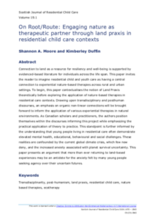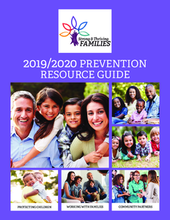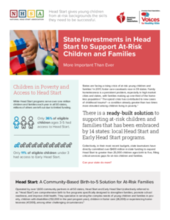Displaying 81 - 90 of 437
This toolkit is designed to give resources and tips to child welfare agencies, other government agencies and nonprofit organizations, so they can better serve all African American grandfamilies.
This toolkit is designed to give resources and tips to child welfare agencies, other government agencies and nonprofit organizations, so they can better serve all American Indian and Alaska Native grandfamilies regardless of child welfare involvement.
This Module explores how cognitive and social-emotional abilities operate in youth’s daily experience and personal lives and what we can do to help young people develop and strengthen these skills in order to thrive.
This resource from the U.S. National Child Traumatic Stress Network will help you think about how an infectious disease outbreak might affect your family—both physically and emotionally—and what you can do to help your family cope.
This report presents the results of an evaluation of the Partnering for Family Success (PFS) program, which was conceived as an innovative intervention to address the particular needs of housing unstable families who had a child in the custody of the county child welfare agency.
This paper invites the reader to imagine residential child and youth care as having a central connection to experiential nature-based therapies across rural and urban settings.
This article describes a trauma-informed and integrated child welfare model, including information about its development, structure and organization, and programs. It concludes with a discussion of lessons learned and remaining challenges.
This Resource Guide offers support to community service providers as they work with parents, caregivers, and children to prevent child maltreatment and promote social and emotional well-being.
This brief from Head Start provides an overview of state funding for Head Start, a collection of comprehensive birth to five programs in the U.S. specifically designed to strengthen families, promote school readiness, and improve child health.
This randomized control trial aimed to assess how much Teach Your Children Well (TYCW) - a tutoring program that enhances the academic skills of children in care - tutoring is enough to accelerate learning.







